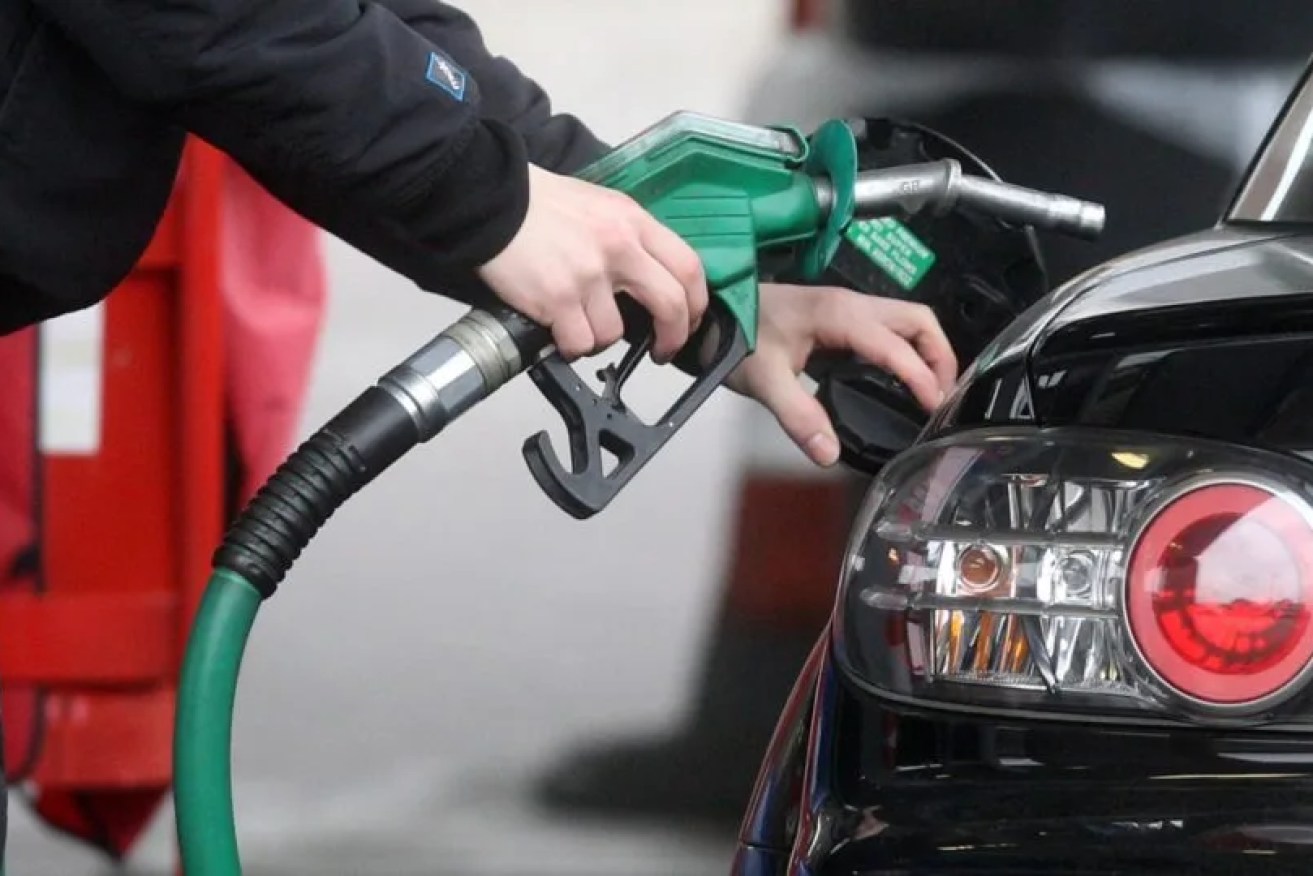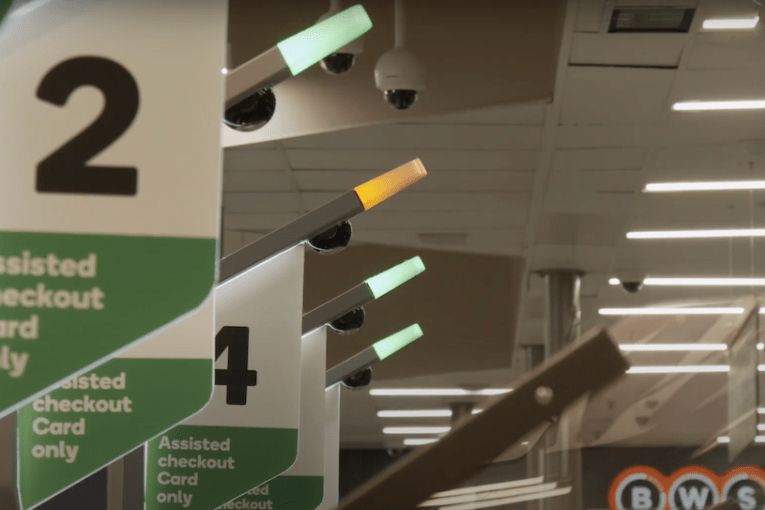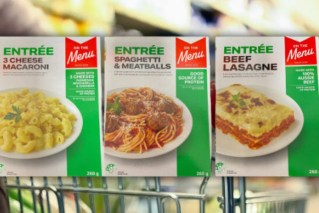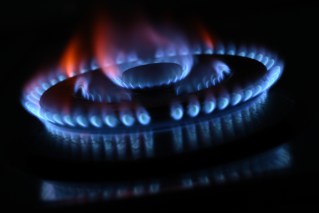When will petrol prices fall? Servos are yet to pass on the fuel tax cuts


Motorsts are enjoying relief at the bowser as petrol prices ease from Easter highs. Photo: AAP
Motorists are being urged to delay filling up their tanks until the 22 cent-per-litre cut to fuel taxes flows through to bowsers across the country.
Petrol prices started falling after Treasurer Josh Frydenberg unveiled a temporary halving of the fuel excise in the federal budget on Tuesday night.
But data shows most servos have yet to pass on the full cut to consumers.
The average petrol price across Sydney, Melbourne and Brisbane fell from 199.6 cents per litre (cpl) to 195.2 cpl on Wednesday, according to The New Daily’s analysis of MotorMouth data.
CommSec senior economist Ryan Felsman said falls between seven and 20 cpl have been observed across the country in the past 48 hours.
“There hasn’t been a massive clamour to take it to 22 cpl,” Mr Felsman told TND.
“The servos are arguing they want to deplete their stocks first and then pass on the cut, so there will be a bit of a lag.”
NRMA spokesperson Peter Khoury expects a “considerable” price fall over the next two weeks, with customers in major cities to benefit first after retailers in those areas churn through their existing fuel stocks.
Motorists should also benefit from recent falls in global oil prices that are yet to flow through to Australian bowsers, Mr Khoury told The New Daily.
“It’s absolutely critical the ACCC [Australian Competition and Consumer Commission] monitors every single element of the price falls,” he said.
“[They must] make sure retailers pass on all of the excise cuts in addition to falls in oil prices.”
Mr Frydenberg promised the cuts would flow through to motorists within two weeks, but there are fears Australians will miss out on some of the benefits from easing global oil prices in the process.
Mr Felsman said retailers could get away with not passing on recent drops in global oil prices – which typically take about two weeks to flow through to local bowsers – as they will already be lowering prices to reflect the tax cut.
When will petrol prices fall?
New data suggests most petrol stations haven’t passed on the full cut to fuel excise yet.
Figures from fuel savings club Ruckus Energy and comparison firm One Big Switch on Thursday revealed just 45 servos had cut their petrol prices by more than 20 cpl since the budget.
A further 2015 retailers have cut prices by just 10 cpl, while at least 1266 have made zero changes to their prices since the budget was unveiled.
Viva Energy, which supplies Coles Express servos, has already passed on a 10 cpl petrol price cut, saying that further reductions are planned.
Ampol and BP have also issued statements saying prices will fall, but neither company detailed exactly when such reductions would happen.
The ACCC is monitoring the market to ensure all retailers pass on the lower fuel prices, but the watchdog has warned headline bowser prices may not fall by the full 22.1 cents per litre slashed from the fuel excise.
Prices could fall by less if global oil prices rebound or the value of the Australian Dollar falls against other major currencies like the US Dollar.
“Change in these factors would mean that the change in petrol prices may differ at certain times from the reduction in excise,” the ACCC said.
Mr Khoury and Mr Felsman said motorists looking to make the most of the tax cut should delay filling up for a few weeks until the servos pass it through in full.
The ACCC has come to a similar view, telling consumers across the country this week that they should “delay” filling up their tanks where possible because prices are “likely to decrease further”.
Although Mr Frydenberg says the cut should be passed through over the next two weeks, Mr Khoury said retailers in major cities should be able to pass it through within days because they churn their petrol stocks much faster.
Customers in regional areas may have to wait a bit longer, he added.
Unfortunately, it’s unclear when will be the best time to fill up for motorists in large east coast markets, as market pricing cycles will begin putting upwards pressure on prices again over the next couple of weeks.
Typically, petrol prices in these markets swing from peak to trough every month or so, with the last peaks occurring around March 13.
It means headline bowser prices in major cities like Sydney, Brisbane and Melbourne could fall by less than 22.1 cpl, Mr Felsman explained.
Motorists in these areas are being advised to closely watch comparison apps, as some servos will pass on the tax cuts faster than others and, crucially, will do so before price cycles begin rising again.
Motorists in Perth, Adelaide and regional markets such as Canberra and Darwin should see prices fall in a uniform fashion in the next few weeks.
Oil windfall may be hidden
Global oil prices have been easing from earlier highs over the past three weeks as the market settles down after the initial shock when Russia invaded Ukraine in late February.
Brent Crude prices have fallen about 8 per cent in the past week alone.
But these falls haven’t flowed through to Australian bowsers yet, Mr Felsman said.
He said a big challenge for the ACCC will be monitoring how retailers reduce petrol prices to not only reflect the tax cut but lower oil prices too.
“We’re going to have some rogue servos out there,” Mr Felsman said.
“It’s hard to monitor for the ACCC.”








